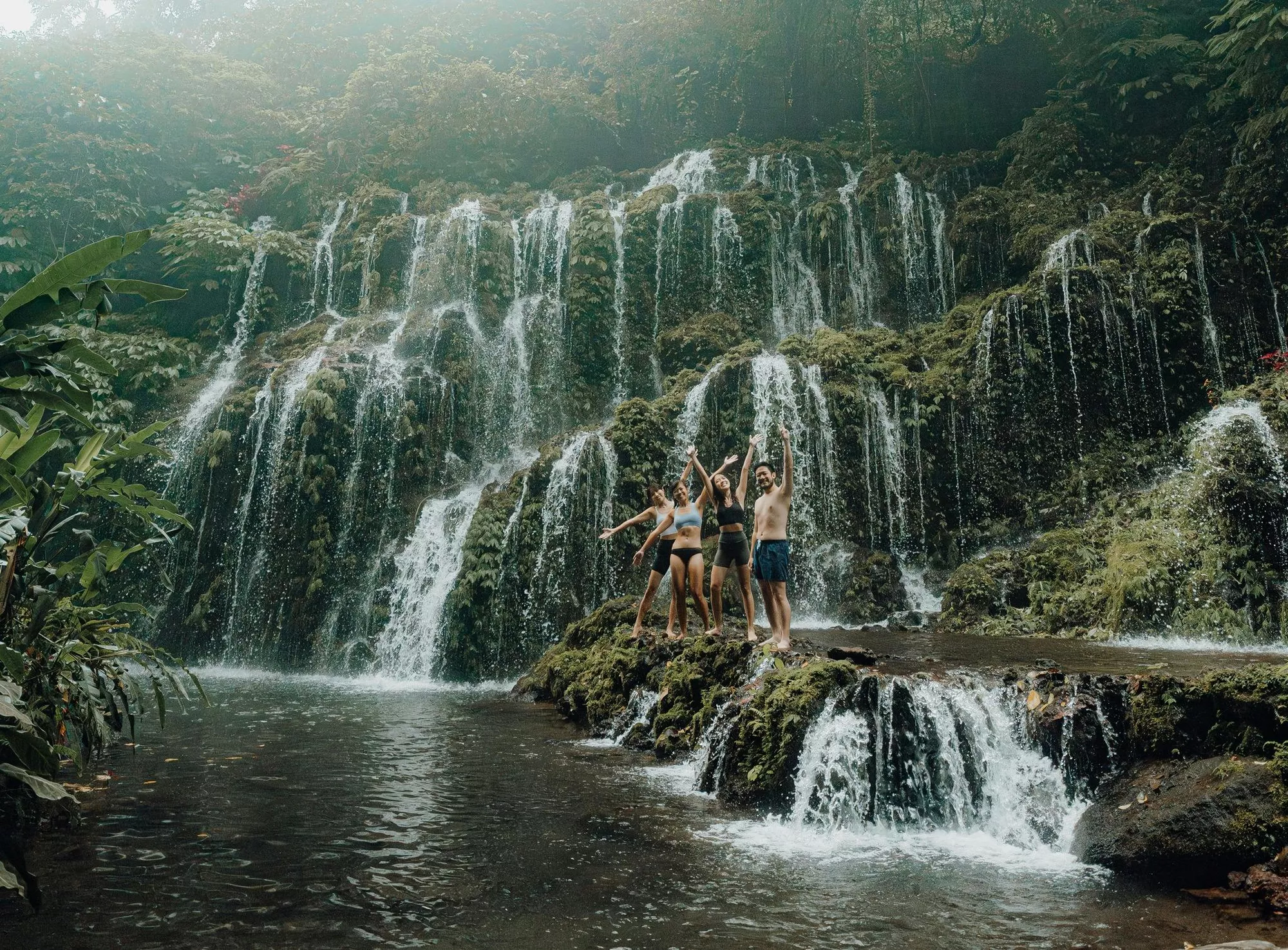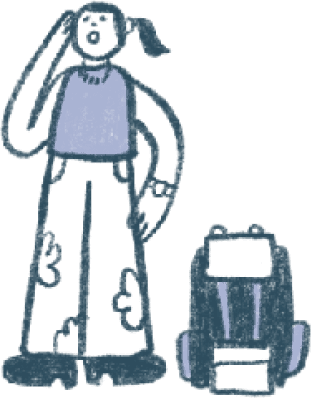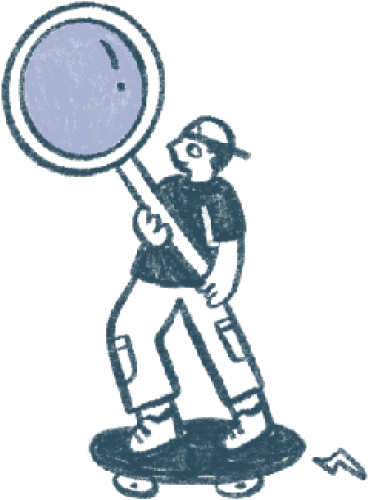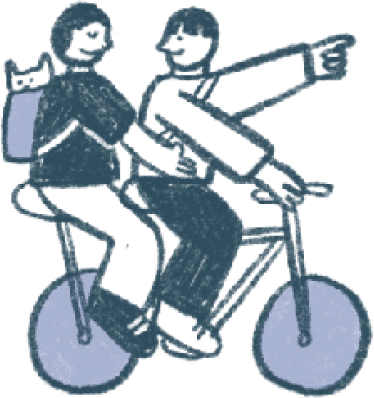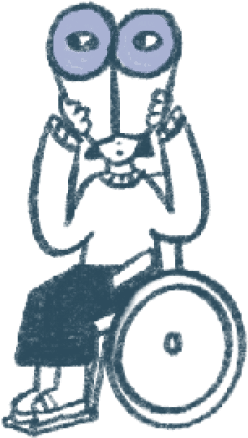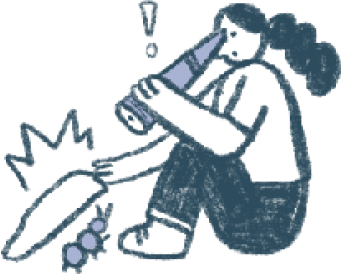Komodo Islands: Everything You Need to Know & How to Avoid the Crowds [2025]
Tips on what to see & do, how to choose a Komodo boat, and what the mysterious park fees are!
![Komodo Islands: Everything You Need to Know & How to Avoid the Crowds [2025]](https://d18sx48tl6nre5.cloudfront.net/webp_xl_92d381813676e56cfc0f863a3a8dcd47.webp)
Komodo National Park is one of our favourite places in the world. Over the years, it has become increasingly gentrified - from not having street lamps or pavements a few years ago, it now even has a Starbucks! But planning a trip can be confusing. What’s the best boat? What happens if it rains? Is the park closing? (No, it’s not).
Here’s everything you need to know before you go. If you're ready to book, check out all the Komodo experiences here!
The Basics
What are the Komodo Islands?
Most people don't know this, but the UNESCO heritage Komodo National Park doesn't just have one island, it has 29 islands. Komodo Island is just one of the many islands on Komodo National Park (more on that later).
When you visit Komodo National Park, you not only see Komodo dragons, you'll also head to other islands to see Pink Beaches, swim with Manta Rays and hike up to otherworldly view points.
How to Get There
The gateway town to Komodo National Park is Labuan Bajo (LBJ). You can fly to Labuan Bajo from Singapore, Kuala Lumpur (Malaysia) or via Jakarta or Bali (which has multiple flights a day to LBJ).
From Labuan Bajo town, it takes a couple of hours by boat to get to Komodo National Park. Most of the boat trips will offer a pick up from Labuan Bajo town.
There's also a boat trip that goes from Lombok to Komodo, but we wouldn't recommend it (see below!).
How to Explore Komodo National Park
You can only see Komodo National Park on an island hopping boat tour. You can either do a sightseeing boat tour or you can do a diving boat trip.
The sightseeing boat tours range from a day tour on a speedboat to a 3D2N liveaboard. Both will cover all the usual highlights like trekking with Komodo Dragons, seeing a Pink Beach, hiking to the viewpoint at Padar island and some snorkelling.
The diving boat trips range from 1-day leisure dives to 4 day liveaboards. They usually are only diving focused and they'll take you to some of the top dive spots but they won't go sightseeing to the various islands.
Staying in Komodo National Park
There are no hotels in Komodo National Park so generally travellers will stay in Labuan Bajo town. If you want to spend the night in Komodo National Park, you'll need to choose an overnight boat, and stay on board.
When booking a place to stay be careful not to book a resort that is NOT in Labuan Bajo town as this will limit your ability to book join-in Komodo Island hopping boat trips. The join-in boat trips do not offer pick up from these resorts, so it'll be more logistically painful to plan a boat trip.
How Much Time to Spend Here
The shortest amount of time you need here is 3 days, even if you're only doing a one day speedboat trip. Because you'll fly in on the 1st day, do the speedboat trip on the 2nd day, and fly out on the 3rd day.
If you really want to see everything that Komodo National Park and Labuan Bajo has to offer, we would recommend 7 days if you're not diving (for 3D2N boat trip + 1 day road trip around LBJ + 2 days travel time). If you want to dive as well as sightsee, we would recommend at least 9 days (including travel time).
Note that the timings of the boat trips usually means you should fly in the day before your trip starts, and fly out the day after it ends.
Best Time to Go
Try to avoid the rainy season from January to March, as most boat trips don't run during this time, other than the one day speedboats. Even the one day speedboat trips may be cancelled on the day due to bad weather. If you do go then, plan for a couple of days' buffer time so you can reschedule your boat trip in case the original trip gets cancelled.
If your aim is only to see Komodo dragons, avoid mating season in July and August. You'll likely only see small Komodo dragons during this time as the large dragons are in the forest mating, and hard to find.
Finally try to avoid local holidays (for e.g. Raya) as it's way too packed then. You'll be queuing to hike up Padar, and crowding around the Mantas!
IMPORTANT to know
Komodo National Park requires all boat trip passengers to pre-register. After you've booked your boat trip, you'll be required to submit a copy of your passport with your photo, full name, nationality, and passport number to your boat host at least one day before your trip, otherwise you'll be denied entry to the park. Please note that passport details are no longer sufficient, you MUST provide a copy of your passport showing your photo. Several travellers have missed their once-in-a-lifetime boat trip due to failure to provide this info in time!
What to See & Do
Komodo Island
This is one of the two islands where Komodo dragons live, and the largest island in Komodo National Park. This is also the only island in Komodo National Park that's inhabited by humans, as Komodo village and the indigenous Ata Modo are here. Here you'll get to trek with a local guide (usually from the indigenous Ata Modo tribe!) and try to spot wild Komodo Dragons.
Tip: Usually boat trips will either visit Komodo Island or Rinca Island to see Komodo dragons. But it's a bit harder to spot them in Komodo Island as the island is larger and more wild.
Rinca Island
Home to over-1000 Komodo dragons, Rinca is the only island other than Komodo Island where you can find Komodo dragons. Though it's not as famous as Komodo Island, it's actually easier to spot Komodo dragons here as it's a smaller island with a larger population of dragons on the island!
Tip: Rinca Island is a bit more manicured, with a boardwalk and easier sightings. If you want something more wild, go to Komodo Island.
Padar Island
This is the most iconic viewpoint at Komodo National Park, and the picture you've probably seen everywhere. Here you'll do a 45 minute easy trek to the top, and get to see panoramic views of Komodo National Park. If you peek carefully in that picture, you'll see a pink beach, a black beach and a white sand beach!
Tip: If you do an overnight boat trip, you'll be able to come here for sunrise when it's a little less crowded.
Pink Beach
There are several Pink Beaches in Komodo National Park. The Pink Beach that most boats go to is the one near Komodo Island, which is a little less pink recently as travellers take the red coral (which gives the sand its colour) home. To see the pinkest part of the beach, venture to the far end of the beach where travellers don't go, and you'll see it in a dark pink hue.
Tip: If you take a private boat or if currents permit, you can head to the pinkest (and more remote) Pink Beach near Padar Island - called Short Beach. Don't forget to leave the red coral behind 🙈
Manta Point
Here you can snorkel with giant Manta Rays! The waters here are colder, which is what the gentle Mantas like, and during Manta season you'll be able to swim with many Mantas around you.
Tip: The best time to come here is actually in rainy season from December to March where the waters are especially cold, but you'll be able to see them up to June. If you come here from July to September though the chances of seeing them are low.
Siaba Bay
Also known as Turtle Bay, Siaba Bay is home to gorgeous coral reefs and where giant turtles like to hang out because of their favourite food (sea grass!) here. Siaba Bay is one of our fave spots in Komodo - you can snorkel and dive here to see the super zen and gorgeous turtles.
Tip: Not all the boat trips go to Siaba Bay so if you do love turtles and want to come here, check the itinerary carefully or go for a private boat where you can customise your itinerary.
Kalong Island
This was our highlight when we went to Komodo National Park! Here you'll see the exodus of millions of bats at sunset and it's such a otherworldly sight. First you'll see just a handful of bats fly out, and before long the entire orange sky is entirely covered with bats.
Tip: Not all boat trips go to Kalong island. The 3D2N trips will go, but the one-day join-in speedboat trips and dive trips won't. Kalong island alone is a good reason to do a 3D2N trip or a private speedboat trip!
How to Choose a Boat Trip
Join-in vs Private Boat
Most of the boat trips in Komodo are join-in boat trips, but you can charter your own private boat as well.
If you're solo/couple or want to make friends, do a join-in trip. But if you have 4 or more persons, or any time constraints, you may want to charter a private boat. It's more flexible, more comfortable and not a lot more expensive.
The join-in trips have a number of constraints that private boats don't. For e.g. if you want to do a 3D2N join-in trip you'll need to arrive by Thursday. And if you're looking to do a 2D1N trip, you'll only find basic boats willing to do that trip on a join-in basis. If you do a private trip you don't need to worry about any of this, and can customise your itinerary!
Day Trip vs Overnight
If you want to wake up with the incredible views of Komodo National Park, you'll have to do a liveaboard trip as there are no hotels in Komodo National Park. However if you would rather not spend the night on the boat, a one-day speedboat actually covers most of the destinations that the overnight boats do.
The only difference in itinerary is that on a one-day speedboat, you don't get to go to Padar Island at sunrise (which isn't the biggest deal really), and you don't get to see the exodus of bats at Kalong Island. If you really want to see Kalong Island on a one-day trip, you can charter a private speedboat.
Diving vs Sightseeing
You'll need to decide whether you want to dive or go island hopping to see all of Komodo's highlights. The dive boats usually only includes one or two highlights like trekking with Komodo dragons and Padar Island, and, on the other hand, the sightseeing boats will have snorkelling but not diving.
If you want to dive as well as sightsee, you'll need to do 2 separate trips - a dive trip and a sightseeing trip. We'd recommend a 3D2N sightseeing trip, and a couple of day dives!
Budget Boat vs Phinisi Boat
For overnight trips, you can choose between basic boats or deluxe Phinisi boats. As we've had safety concerns with several basic boats, Seek Sophie has stopped offering trips on basic boats - but you can easily book them at the last minute on the high street of Labuan Bajo.
A basic boat usually has on-deck sleeping and you can choose from either a 2D1N trip or a 3D2N trip. Do check their safety credentials carefully as several basic boats do sink each year.
A Phinisi boat will have private rooms (some will have both private rooms and dorms), and generally have better food, and amenities.
Common Questions from Travellers
What are Komodo Park Fees?
Generally park fees are excluded from your boat tour price, and you'll need to bring cash for the fees. Usually the amount is quoted as a range, not a fixed sum because, well, it's complicated!
Komodo park entrance fees depend on the island you're visiting, whether it's a weekday or weekend, whether you're foreigner or local, and even how many people there are on your boat. To complicate it more, there are constant talks about increasing the fees 🤷
As of October 31, 2024 the park fees for Foreigners/Kitas holders are IDR 600-650K per person/per day and IDR 300-350K per person/per day for Indonesians. Please note this can change at any time without notice. Best to check with your boat company host a day or two before if there have been any recent changes.
What should I pack?
Pack light if you're spending the night on the boat! The rooms on the boats aren't large so if you bring a large suitcase you may not even be able to open it in your room.
Pack swimwear for snorkelling (and a rashguard if you're sensitive to the cold), sea sickness pills if you're prone to motion sickness, and hiking sandals or sneakers (as you'll need grip for the Padar trek). If you're a light sleeper you may find the boat generator noisy so pack ear plugs!
Can I fly out on the day my trip ends?
We don't recommend flying out on the same day. Usually the boat trips are scheduled to arrive back at Labuan Bajo between 4-6pm in the evening. However this is subject to the currents and weather, and is very unpredictable. So ideally you should plan to fly out the day after your boat trip.
Can I go on my period?
Yes you can. Some people are concerned that Komodo dragons may be aggressive towards people on their periods, but that is not a risk at all.
As with any wildlife, whether or not you're on your period, just keep a sensible distance away from the wildlife and you'll be ok.
Can I bring my drone?
Guests who bring their own drone for usage within the Komodo National Park are required to purchase a drone ticket at the National Park Office at Labuan Bajo 3 days prior to the trip. The cost of the ticket is 2 million rupiahs so please do prepare enough cash.
Is Komodo Island or Rinca Island better for seeing dragons?
Komodo and Rinca Islands are the only places in Komodo National Park where you can see wild Komodo dragons. Most tours will visit just one, not both.
Rinca Island offers the most reliable sightings. It’s smaller, with boardwalks and a ranger station where dragons often gather, so sightings are almost guaranteed—even during mating season in August, when dragons are harder to spot elsewhere. Some travellers find Rinca a bit artificial.
Komodo Island feels more untouched, but sightings are less predictable. The island is vast, and during mating season, adult dragons retreat into the forest, leaving only younger ones—often mistaken for monitor lizards—near visitor areas.
If you want a guaranteed close-up encounter, Rinca is your best bet. If you prefer a more rugged, natural setting, go for Komodo.
Are the Komodo dragons drugged?
No! We get asked this a lot because the dragons often seem sleepy. But reptiles naturally slow down in the heat, and most visitors come during the hottest part of the day.
On Rinca Island, dragons often gather near ranger stations because they’ve learned food can sometimes be found there, making them appear full and sluggish. But they are not drugged.
That said, many rangers, especially on Komodo Island, grew up around the dragons and see them as family. This sometimes leads them to get a bit too close, which may not always be the most sustainable approach to wildlife interaction.
Can I go from Bali to Komodo on Boat?
No you can't. You can only fly from Bali to Labuan Bajo (1.5 hours flight, multiple flights a day), which is the gateway town to all the Komodo boat trips. You should aim to arrive a day before your trip, since all boat trips start before the flights arrive.
Can I go from Lombok to Komodo?
There are a couple of companies that offer boat trips from Lombok-Komodo (and vice versa).
The Lombok to Komodo boat trip is known for whale shark sightings, but Seek Sophie doesn't offer it due to unethical and unsustainable practices. Local operators feed the sharks, which disrupts their natural migration and feeding patterns, making them dependent on humans. Tourists also get close for selfies, which is harmful as it disrupts the sharks' natural behaviour and increases the risk of poaching. We strongly advise against supporting these activities.
Can I still go if I get sea sick?
That depends on how seasick you usually get! If it’s mild (like just nausea), you can still go with some preparation. Here are 3 tips to help:
1. Bring non-drowsy seasickness pills.
2. Travel during dry season (May–Nov) when waters are calmer.
3. Choose a larger Phinisi (15+ persons) or a speedboat, as they’re more stable.
Some of our team get seasick too, but they’ve managed fine on larger boats with pills as backup. If your seasickness is more serious, we’d recommend a 1-day speedboat trip during dry season to avoid sleeping onboard!
How Can I Avoid the Crowds?
We’ve been to Komodo over 15 times, and it’s changed a lot—from having hardly anyone and no streetlights, to queues at Padar Island! Here’s how to dodge the crowds:
1. Skip peak season: Avoid June to August and steer clear of Indonesian public holidays, especially Raya.
2. Go midweek: Weekdays are quieter than weekends. Most 3D2N boats leave on Fridays, but there are weekday options too.
3. Pick the right boat: Choose one that avoids the usual crowd-heavy spots. For instance, head to Padar at sunset instead of sunrise—it’s a game-changer.
Ready to book a Komodo boat trip?
👇 Check out the best boat tours in Komodo National Park here - from 1 to 4 days.
Komodo National Park Experiences FAQs
Are there any additional fees for certain islands or activities?
Yes, but you don’t need to pay separately for each island or activity. Your boat crew will collect the full Komodo Park fee in advance, which is why the price is given as a range. The total amount depends on the specific islands and activities included in your itinerary.
If you plan to bring a drone, there is an additional fee, and you’ll need to apply for a permit at least 3 days in advance (see details below).
Do I need to pay park fees in cash?
Park fees will be paid in cash only. Note that there are no ATMs on Komodo Islands so you need to bring enough IDR before heading to the islands (i.e. before your boat trip starts).
Where is Komodo National Park?
Komodo National Park is in Indonesia, between Sumbawa and Flores. The closest town is Labuan Bajo (LBJ) on Flores Island. That’s where you’ll start your trip.
What are the best airports to fly into?
The best airport is Labuan Bajo Airport (LBJ). It’s the only airport near Komodo National Park.
Are there direct flights to Labuan Bajo?
Yes! You can fly direct to Labuan Bajo from:
- Bali (DPS) – 1.5-hour flight, multiple flights per day.
- Jakarta (CGK) – 2.5-hour flight
- Singapore (SIN) - 3+ hours flight
- Kuala Lumpur (KUL) - 3.5 hours flight.

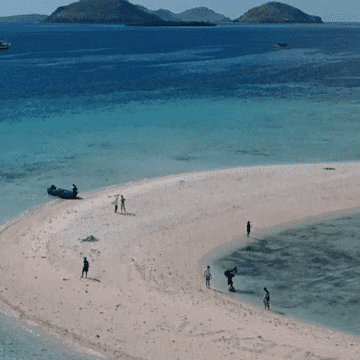







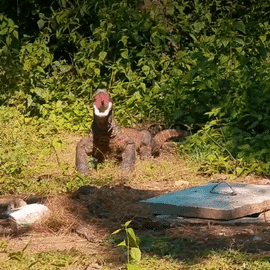
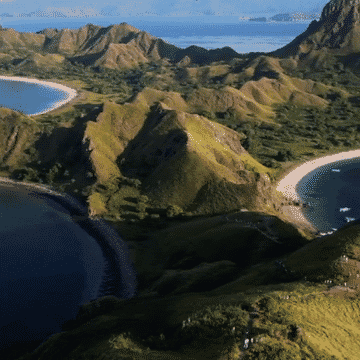

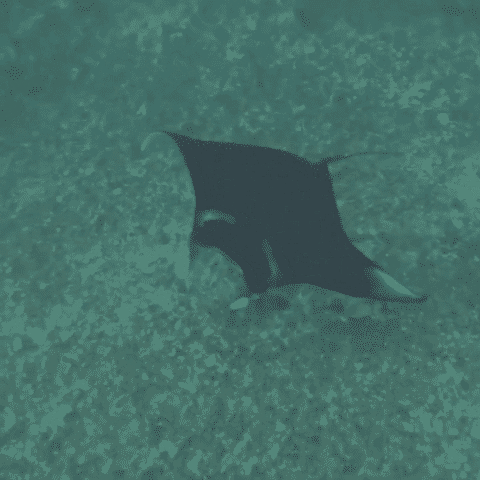
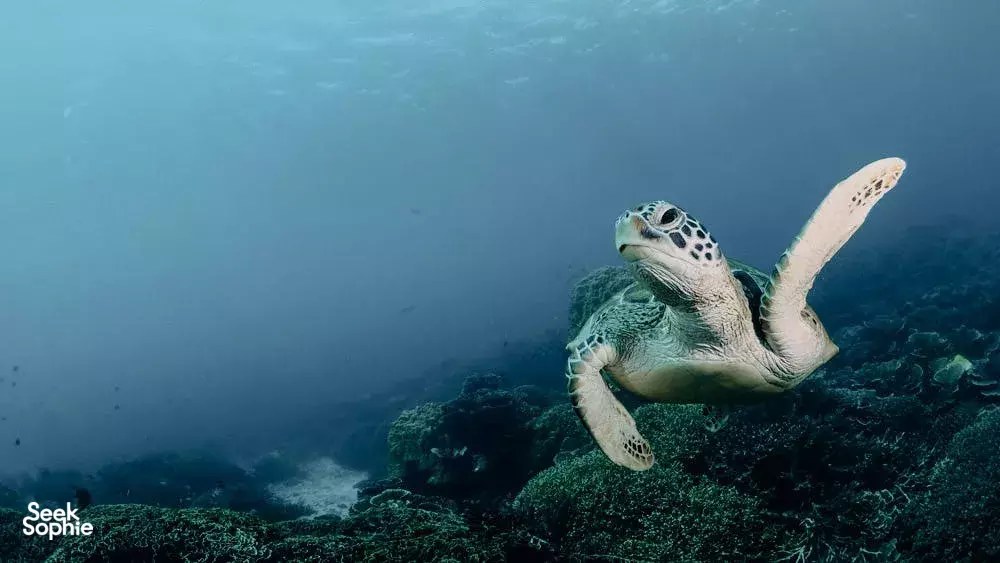
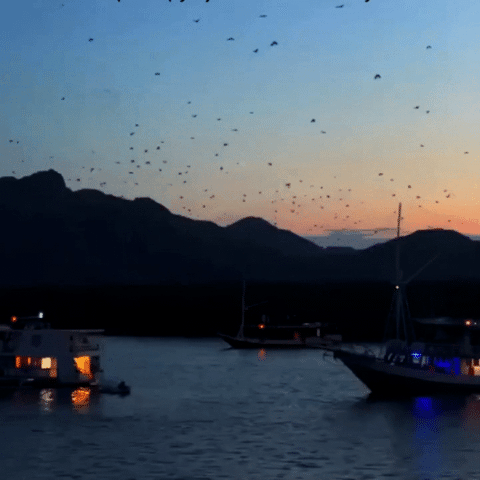





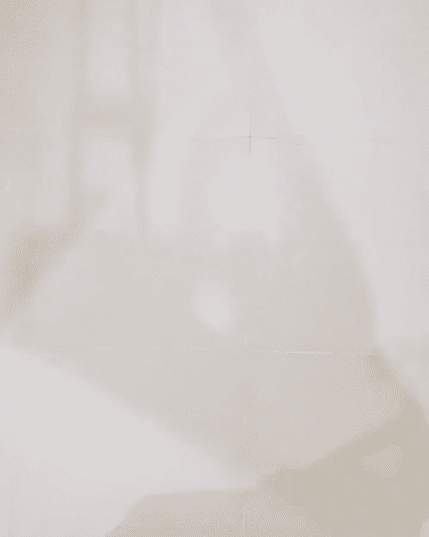









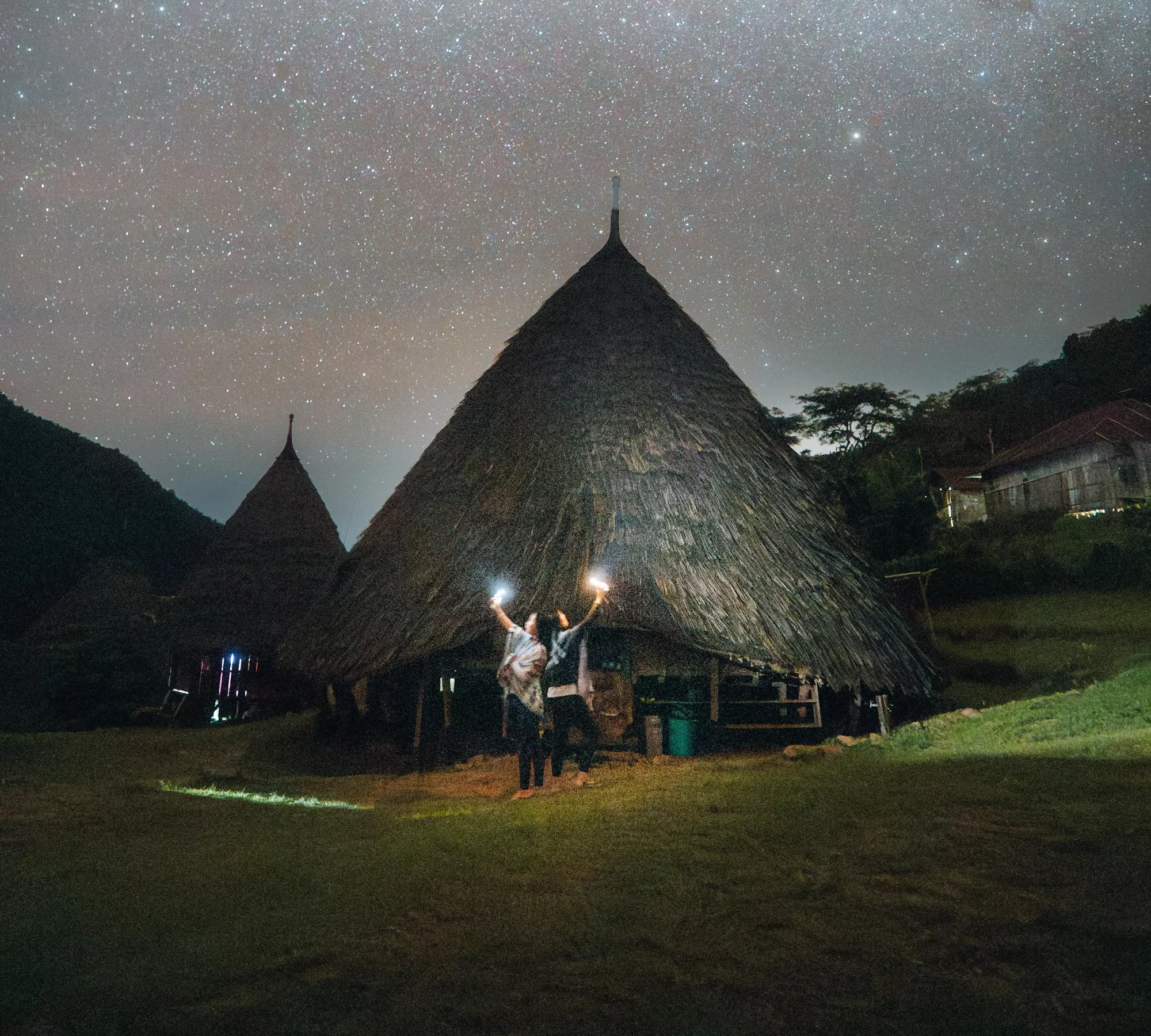
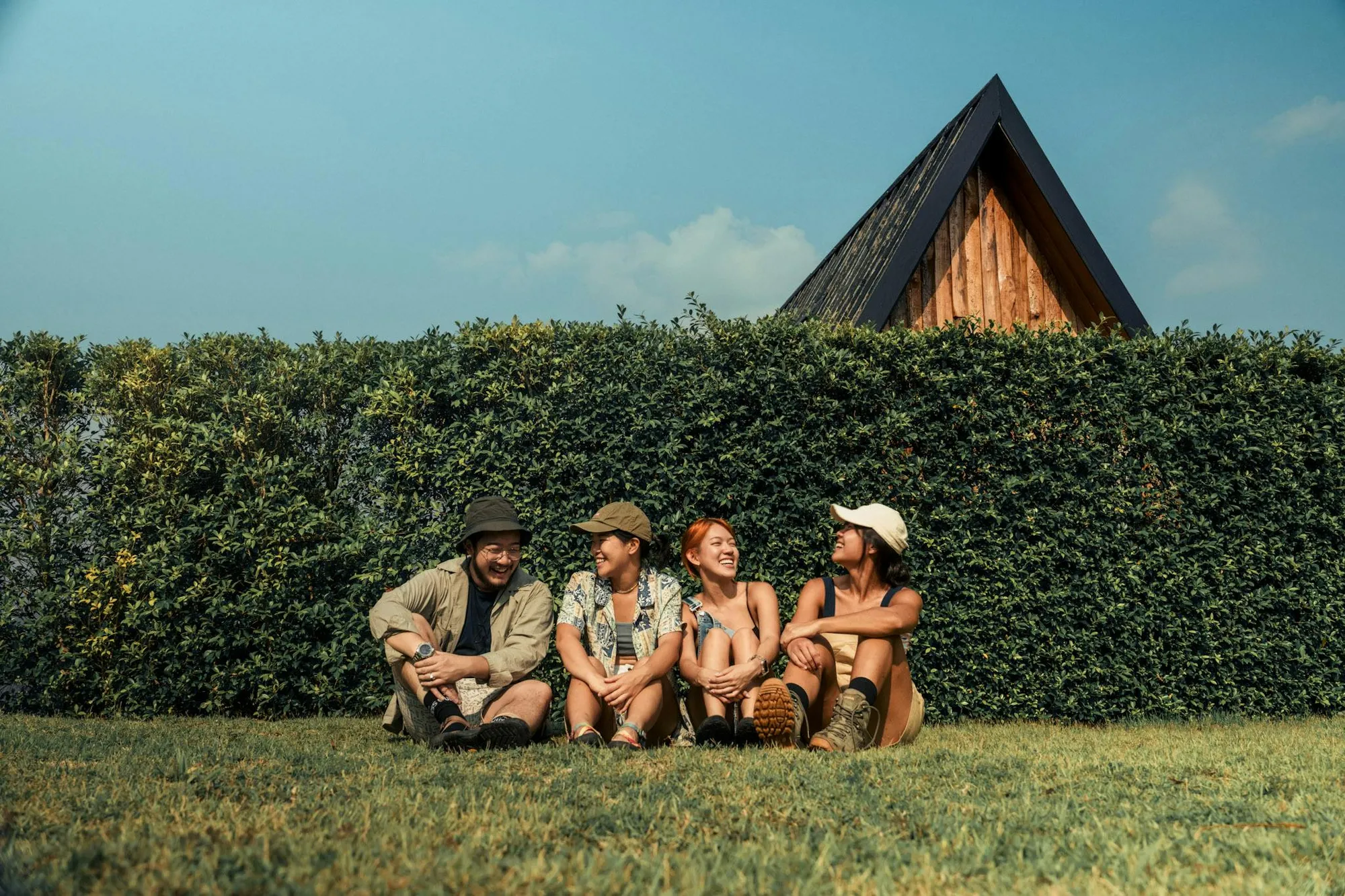
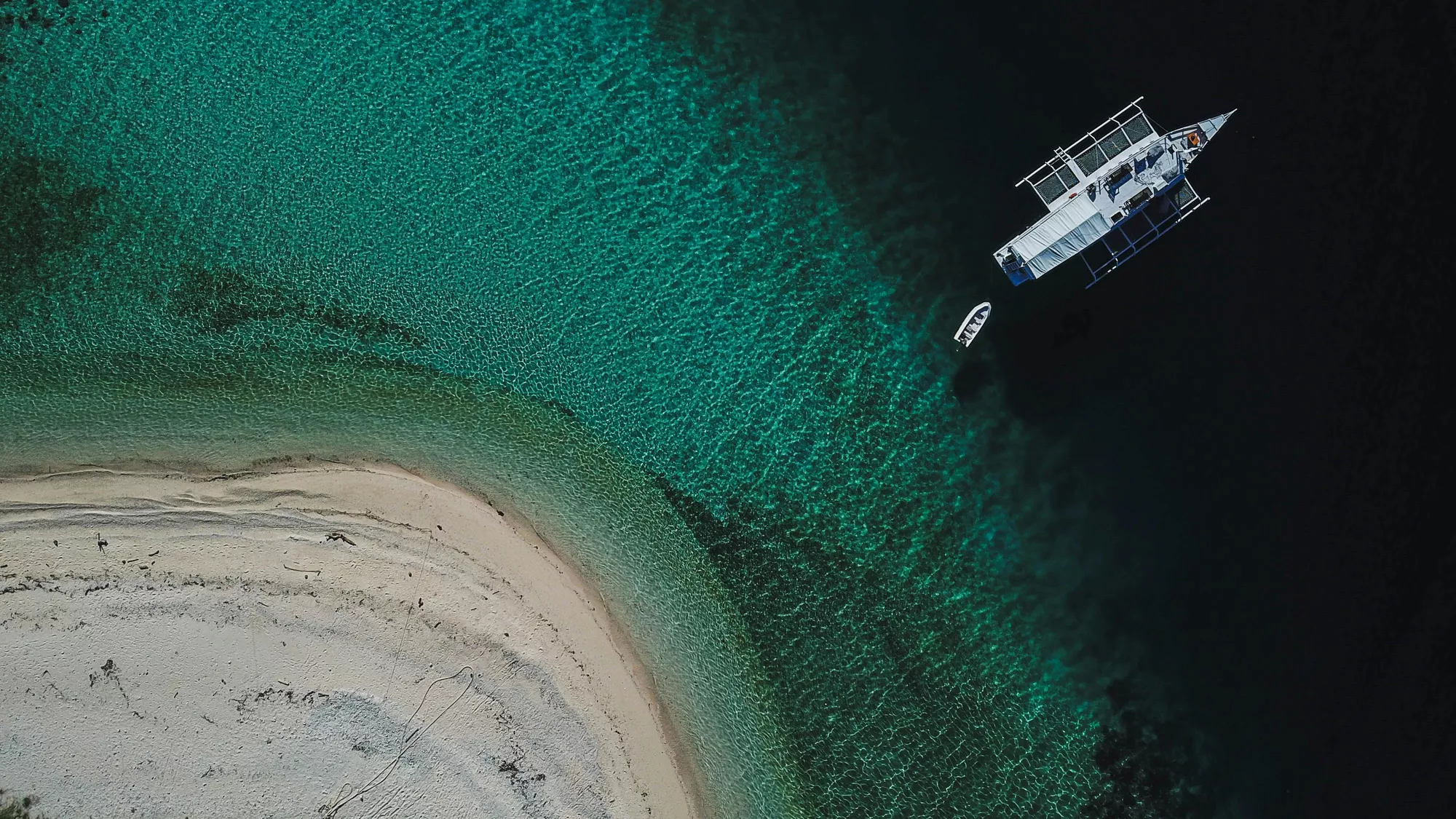
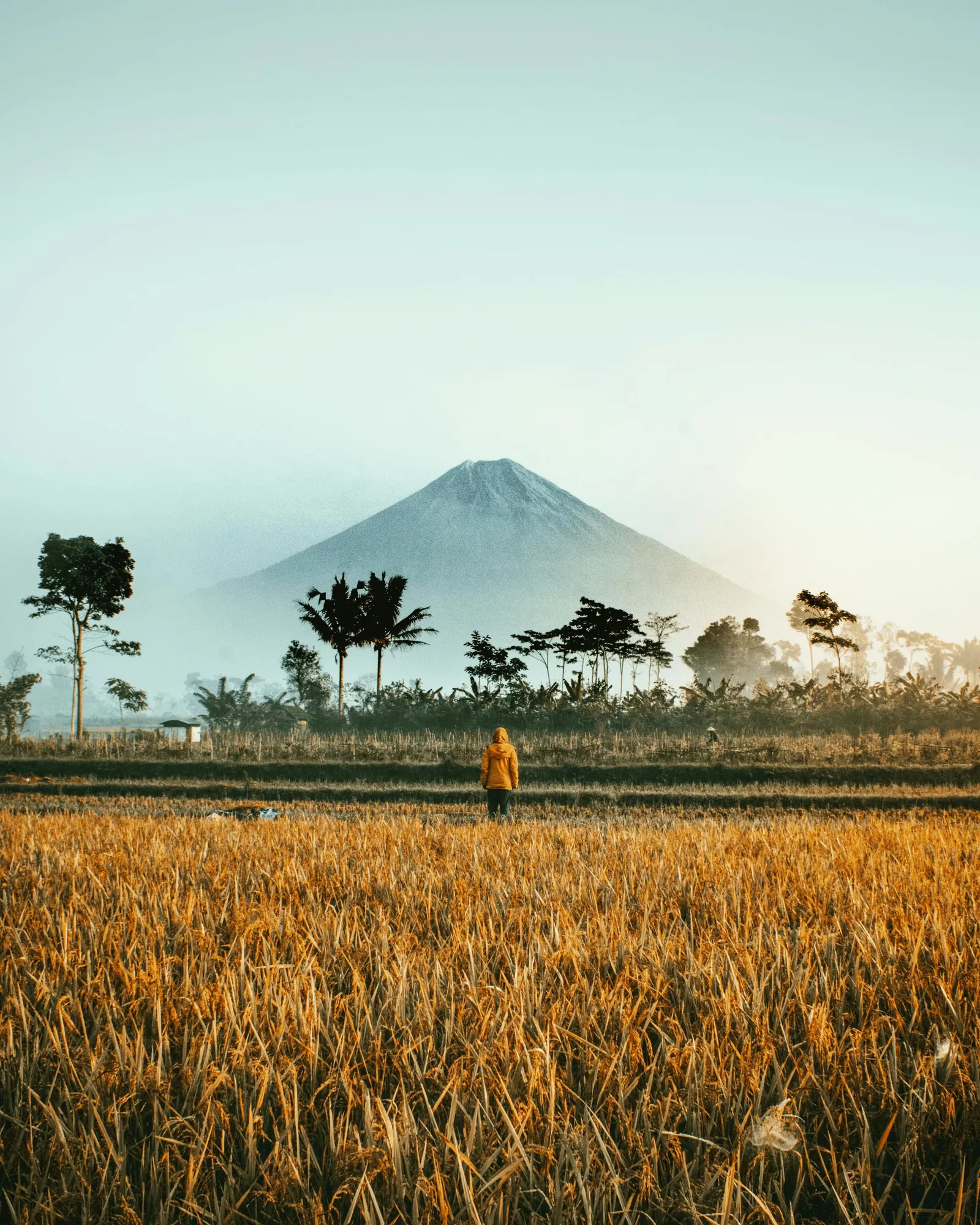
![Labuan Bajo: 12 Cool Things to Do + Helpful Tips [2025]](https://d18sx48tl6nre5.cloudfront.net/webp_md_fbeccdf94f72d3ced7a242b51a7ec1af.webp)




